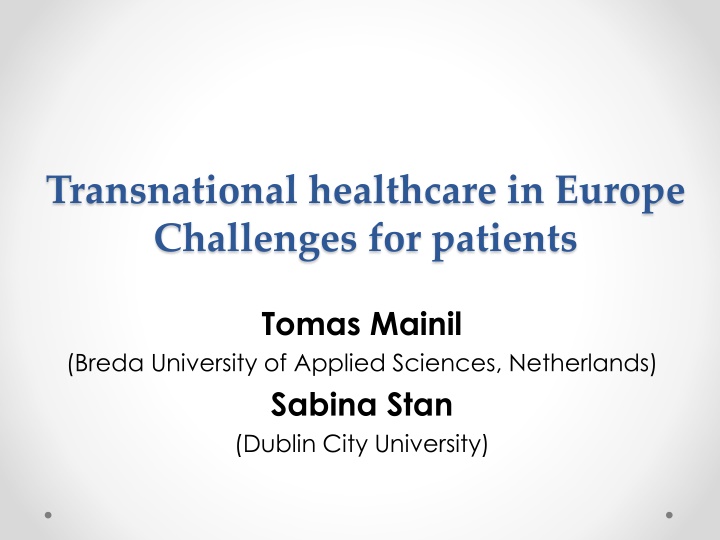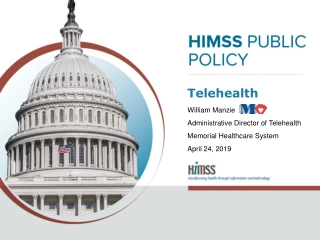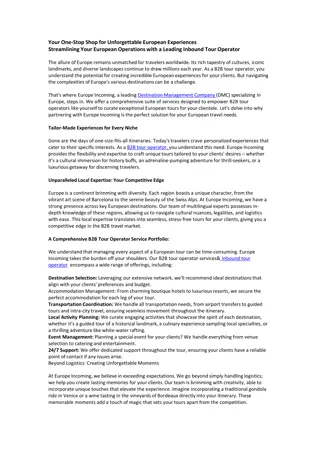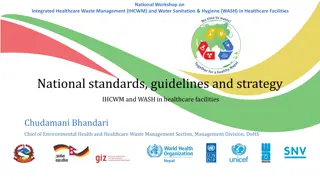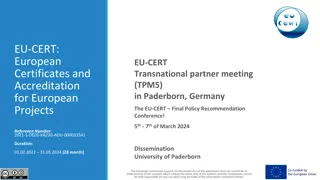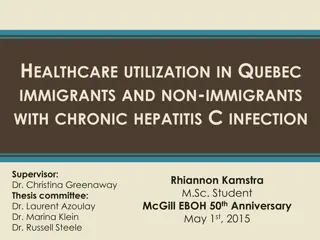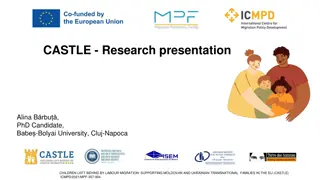Transnational healthcare in Europe
Westbury Medical Centre PPG discusses the Pharmacy First scheme, offering pharmacies the ability to provide prescription-only medicines for common health conditions. The centre also addresses appointment access and strategies to reduce missed appointments, along with patient communication methods like call-backs and online consultations.
Download Presentation

Please find below an Image/Link to download the presentation.
The content on the website is provided AS IS for your information and personal use only. It may not be sold, licensed, or shared on other websites without obtaining consent from the author.If you encounter any issues during the download, it is possible that the publisher has removed the file from their server.
You are allowed to download the files provided on this website for personal or commercial use, subject to the condition that they are used lawfully. All files are the property of their respective owners.
The content on the website is provided AS IS for your information and personal use only. It may not be sold, licensed, or shared on other websites without obtaining consent from the author.
E N D
Presentation Transcript
Transnational healthcare in Europe Challenges for patients Tomas Mainil (Breda University of Applied Sciences, Netherlands) Sabina Stan (Dublin City University)
Cross-Border Directive participates in the transnationalisation of healthcare The challenge: transnational healthcare leads to private-public mixes in coverage and provision Implications for patients
What is transnationalism in healthcare? Transnationalism: sustained linkages between people, places & institutions across borders (Faist 2010). Transnational healthcare: border crossing policies, provision and patients.
The Cross-Border Care Directive Directive s challenge to patients rights From its implementation in national contexts To its role in transnational healthcare
Transnational healthcare in Europe Border crossing: 1) healthcare policies 2) healthcare provision 3) patients
1) Border crossing healthcare policies Diffusion of policies of marketisation & commercialisation of healthcare EU interventions to embed fiscal sustainability in national health policies Challenge: navigating public-private mixes in coverage and provision
2) Border crossing healthcare provision International accreditations of EU hospitals Healthcare multinationals 160 140 120 100 80 60 40 20 0 2011 2016
Patients and mixed healthcare systems Increased choice & better quality services Bureaucracy, uncertainty & barriers re: quality & continuity of care rights of access and coverage
The maze Patient X chooses private clinic (speedy access). Is treatment covered by public or private funds? X is then admitted to public hospital (sole provider) Is her stay covered by public or private funds? Choice is enhanced, but not necessarily in the same manner for everyone.
Patient routes are complex even in national settings Public coverage Public services Public providers Private providers Private services Private coverage
but even more so if we add cross-border contexts Public coverage Regulation route Public services Public providers Directive route Private providers Private services Medical tourism Private coverage
3) Border crossing patients: three routes 1600 1400 1200 1000 800 600 400 200 0 Regulation route Directive route Medical tourism Longer national waiting lists increase demand for Directive route. Restricted baskets of national public services increase demand for Medical tourism.
Two scenarios for the Directive route in Europe 1. Transnational healthcare growth 2. Transnational healthcare vitality Source: adapted from Mainil et al 2017
Scenario 1: Transnational healthcare growth EU focus: economic growth of transnational care Cuts to public health expenditure lead to reduced baskets of services & longer access times The Directive route and other policies are used as a tool to foster EU leadership in the global medical tourism market Patient access to health services is segmented
Scenario 2: Transnational healthcare vitality EU Social Pillar: Everyone has the right to timely access to affordable health care of good quality The Directive becomes a springboard to implement EU social pillar rights by adequately funding National Contact Points reinforcing national public provision of quality & timely care regulating medical tourism industry Patient access to health services is inclusive
References Mainil, T. and Stan, S. forthcoming. Transnational health care. In Furman, R., Winnett, R., Epps, D. and Lamphear, G. (eds.) Health Care Social Work: A Global Perspective. Oxford: Oxford University Press. Mainil, T., Eijgelaar, E, Klijs, J, Nawijn, J, Peeters, P. 2017. Research for TRAN Committee Health Tourism in the EU: A General Investigation. Brussels: European Parliament, Policy Department for Structural and Cohesion Policies. Stan, S. Cross-border patient mobility, consumer citizenship and the uneven European healthcare space, under review with Journal of Ethnic and Migration Studies, special issue on Transnational medical mobilities: Care, commodification, counting and citizenship N. Lunt and M. Ormond (eds.).
Thank you! mainil.t@nhtv.nl sabina.stan@dcu.ie
